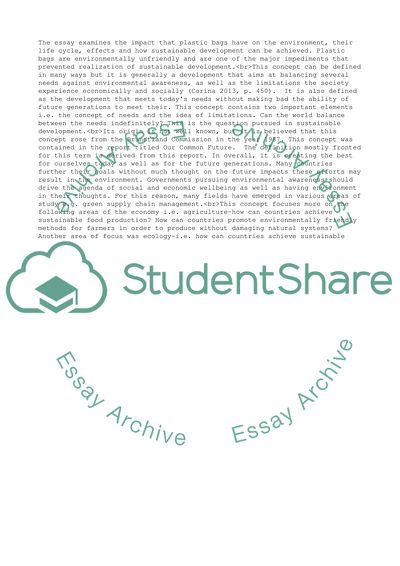Cite this document
(Plastic products lead to environmental pollution Essay, n.d.)
Plastic products lead to environmental pollution Essay. https://studentshare.org/environmental-studies/1862267-plastic-products-lead-to-environmental-pollution
Plastic products lead to environmental pollution Essay. https://studentshare.org/environmental-studies/1862267-plastic-products-lead-to-environmental-pollution
(Plastic Products Lead to Environmental Pollution Essay)
Plastic Products Lead to Environmental Pollution Essay. https://studentshare.org/environmental-studies/1862267-plastic-products-lead-to-environmental-pollution.
Plastic Products Lead to Environmental Pollution Essay. https://studentshare.org/environmental-studies/1862267-plastic-products-lead-to-environmental-pollution.
“Plastic Products Lead to Environmental Pollution Essay”. https://studentshare.org/environmental-studies/1862267-plastic-products-lead-to-environmental-pollution.


